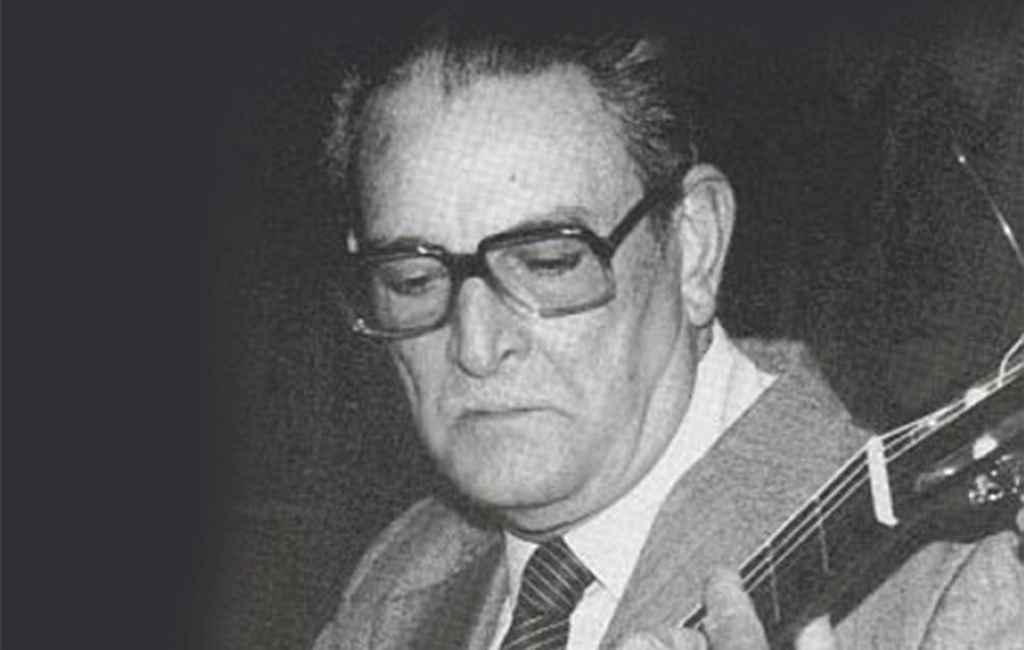Antonio Lauro is a true classical guitar composer from Venezuela, from the 20th century. His initial studies of piano and composition were the actual base for his brilliant composition, but his impressions on the guitar were definitely initiated by Agustin Barrios Mangore, a Paraguayan composer. They met in 1933, and the moment Antonio was younger, he is a 1st world war child, from 1917. Soon the European emigrant’s son and his family moved from Bolivar to Caracas, where he studied at the Academia de Música y Declamación. His interest in classical guitar rapidly brought him to Raul Borges, a renowned Venezuelan teacher, who also taught classical guitar to Alirio Dias, and was the most prominent teacher on the Venezuelan classical guitar scene of the 20th century.
Antonio Lauro brought the biggest contribution to the classical guitar world with his neoclassical composing style. It has literally fulfilled the gap we had in the 17th century, because, besides some composers writing for classical guitar in the 18th, our instrument exists in this now permanent form, and is recognized only in the last 200 years. So there was literally no Baroque, no Rococo, and maybe just a half of Classicism for our instrument and its history. So there were some big holes as far as the development of the classical guitar, in comparison to the violin, for example, and the history of compositions for solo violin through history. So thanks to Antonio Lauro, this gap is filled in many ways.
Although she has a nice, rich tone, the performance of Ana Vidovic is just too fast. She completely forgot that these pieces are Waltzes and that people should be capable of dancing to the ternary beats of her music. However, from the guitarist’s point of view, it is very easy to fall into this type of trap, and I myself remember having played often these two of the most famous compositions from Antonio – at this fast tempo at which she plays them…

